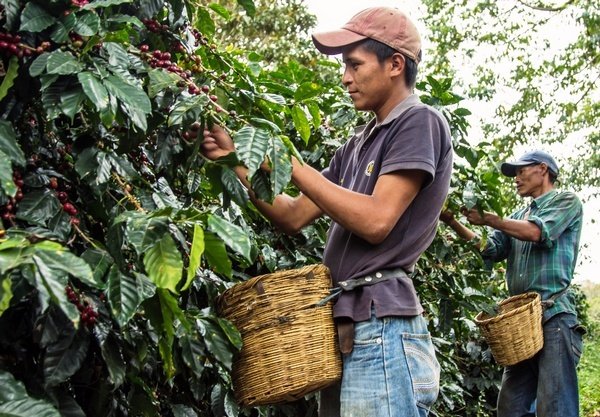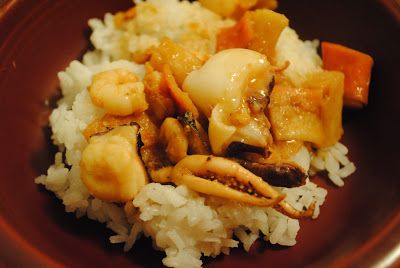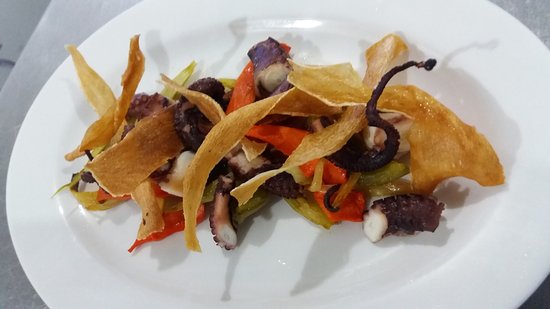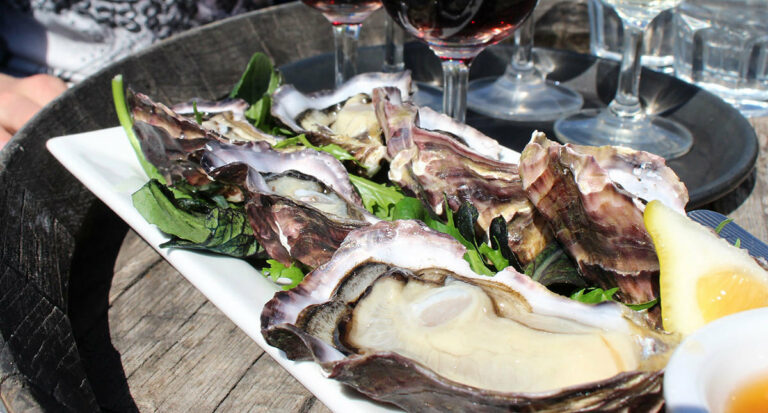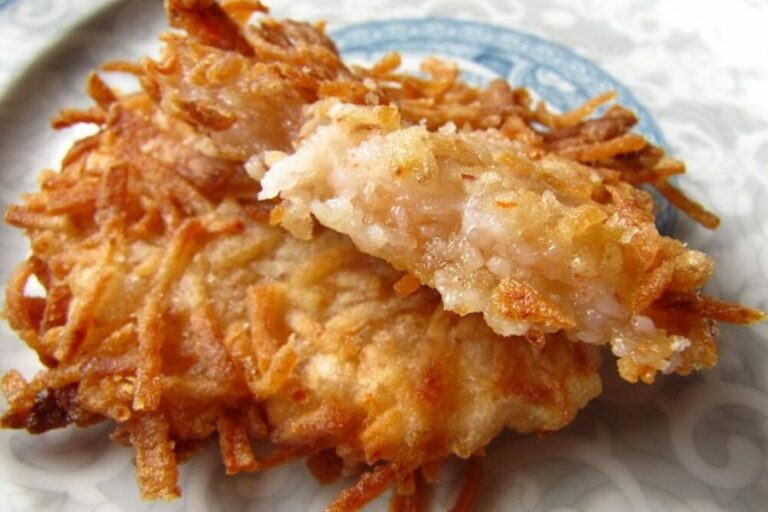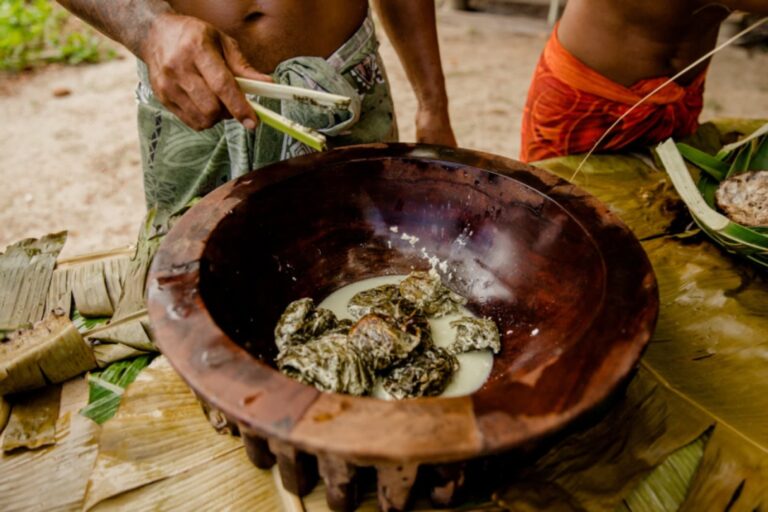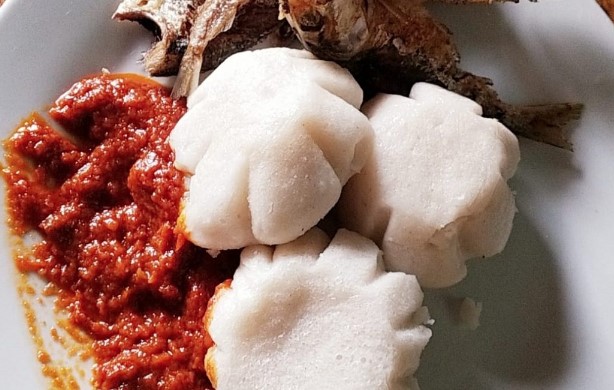Introduction: Kiribati and Pacific Island Cuisines
Kiribati, a small island nation in the central Pacific Ocean, is known for its unique culture and cuisine. The cuisine of Kiribati is deeply rooted in its history, geography, and cultural traditions. Kiribati cuisine is largely based on seafood, coconut, and taro, and is characterized by a complex blend of sweet, salty, and sour flavors.
As a part of the Pacific Islands region, Kiribati cuisine shares many similarities with the cuisines of other Pacific Island nations. However, Kiribati’s isolated location has resulted in a distinct culinary style that is different from its neighbors. In this article, we will explore the influences of neighboring Pacific Island cuisines on Kiribati dishes.
The Unique Flavors of Kiribati Dishes
Kiribati cuisine is known for its unique and distinct flavors, which are a result of the island nation’s geography and culture. The cuisine of Kiribati is heavily influenced by the ocean, and seafood is a staple in most dishes. Coconut is another important ingredient in Kiribati cuisine, and is used in various forms, including coconut milk and grated coconut.
Taro, a starchy root vegetable, is also a common ingredient in Kiribati cuisine. It is used to make traditional dishes like te bua, a pudding made with grated taro and coconut milk, and karakarawa, a taro leaf soup. The use of sour ingredients like lime and tamarind is also common in Kiribati cuisine, which helps balance the sweetness of coconut and other ingredients.
Historical Influences on Kiribati Cuisine
The history of Kiribati has played a significant role in shaping its cuisine. The arrival of European explorers and missionaries in the 19th century brought new ingredients and cooking techniques to the island nation. The influence of Western cuisine is evident in dishes like baked fish and potato salad, which are popular in Kiribati.
However, traditional Kiribati cuisine remains deeply rooted in the culture and traditions of the island nation. The use of locally sourced ingredients and traditional cooking methods are still prevalent in Kiribati cuisine.
Neighboring Pacific Island Cuisines: Similarities and Differences
The Pacific Islands region is home to a diverse range of cuisines, each with their own unique flavors and ingredients. While there are some similarities between the cuisines of neighboring Pacific Island nations like Fiji and Samoa, there are also significant differences.
For example, Fijian cuisine is heavily influenced by Indian and Chinese cuisine, with curries and stir-fries being popular dishes. Samoan cuisine, on the other hand, is known for its use of taro and coconut cream, and dishes like palusami, which is taro leaves cooked in coconut cream.
Identifying Pacific Island Influences in Kiribati Dishes
While Kiribati cuisine has distinct flavors and ingredients, there are also influences from neighboring Pacific Island cuisines. For example, the use of taro in Kiribati cuisine is similar to the use of taro in Samoan cuisine. The use of coconut milk in both Kiribati and Fijian cuisine is also a similarity.
However, there are also differences between Kiribati cuisine and its neighbors. For example, the use of lime and tamarind in Kiribati cuisine is unique, and is not commonly used in other Pacific Island cuisines.
Conclusion: The Richness of Kiribati Cuisine and its Pacific Island Roots
Kiribati cuisine is a reflection of the island nation’s history, geography, and cultural traditions. While there are influences from neighboring Pacific Island cuisines, Kiribati cuisine has its own distinct flavors and ingredients.
The use of seafood, coconut, and taro, as well as the balance of sweet, sour, and salty flavors, are hallmarks of Kiribati cuisine. The rich and flavorful dishes of Kiribati are a testament to the island nation’s rich culinary heritage and its Pacific Island roots.

